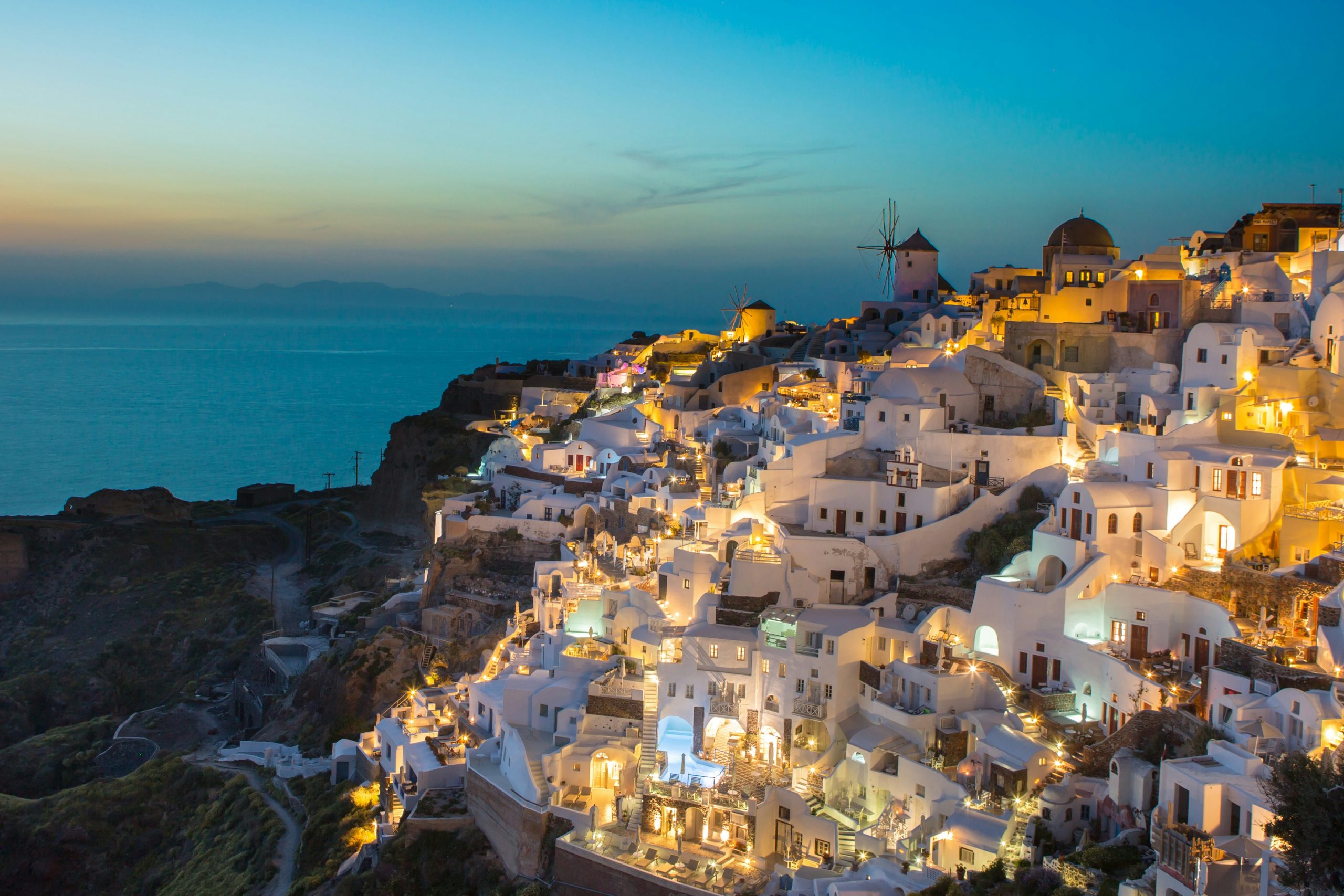
We’ve all heard the phrase: “The next wars will be over water”. Water scarcity is recognized as one of the most important global risks that humanity will face in the coming years (see www.un.org/en/climatechange/science/climate-issues/water).
In the island complex of Cyclades in Greece fresh water is a scarce resource, especially during the summer tourist season. Most of the fresh water consumed in Cyclades is transported to the islands by water-borne vessels.Visitors to these islands, during the summer season, take at least one shower per day in the open-air showers to rinse off the sea water.
Use official statistics in order to estimate the amount of fresh water consumed at the peak of the summer season, i.e., July, August, on the open-air showers for the case of the two most popular islands of Cyclades (Mykonos and Santorini).
TIPS:
Data on air arrivals on the two most popular islands of the Cyclades can be found at the following link: https://insete.gr/statistical-bulletin/?lang=en (press the button ‘statistical data’).
Estimate the average length of visitors’ stay in Cyclades based on data from the European Union on the average length of holidays of Europeans. data.europa.eu/en/publications/datastories/which-country-eu-has-most-annual-holidays.
The average flow rate of a shower on the beaches of the Cyclades is 8 l/min.
This Worksheet is part of the Quartely Problem Series. For more quartely problems and other classroom materials, click here.
Picture sources: James Tring on Unsplash
CC-BY-NC-SA 4.0 licence granted
Content-related competences
